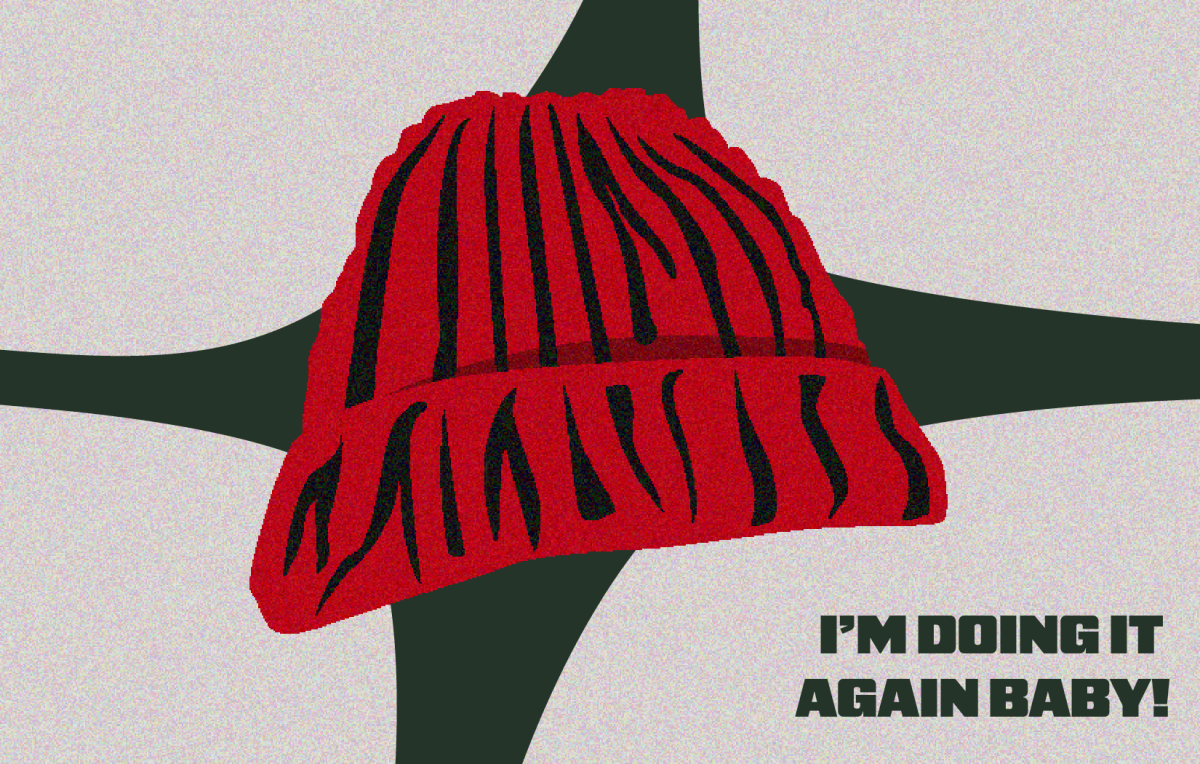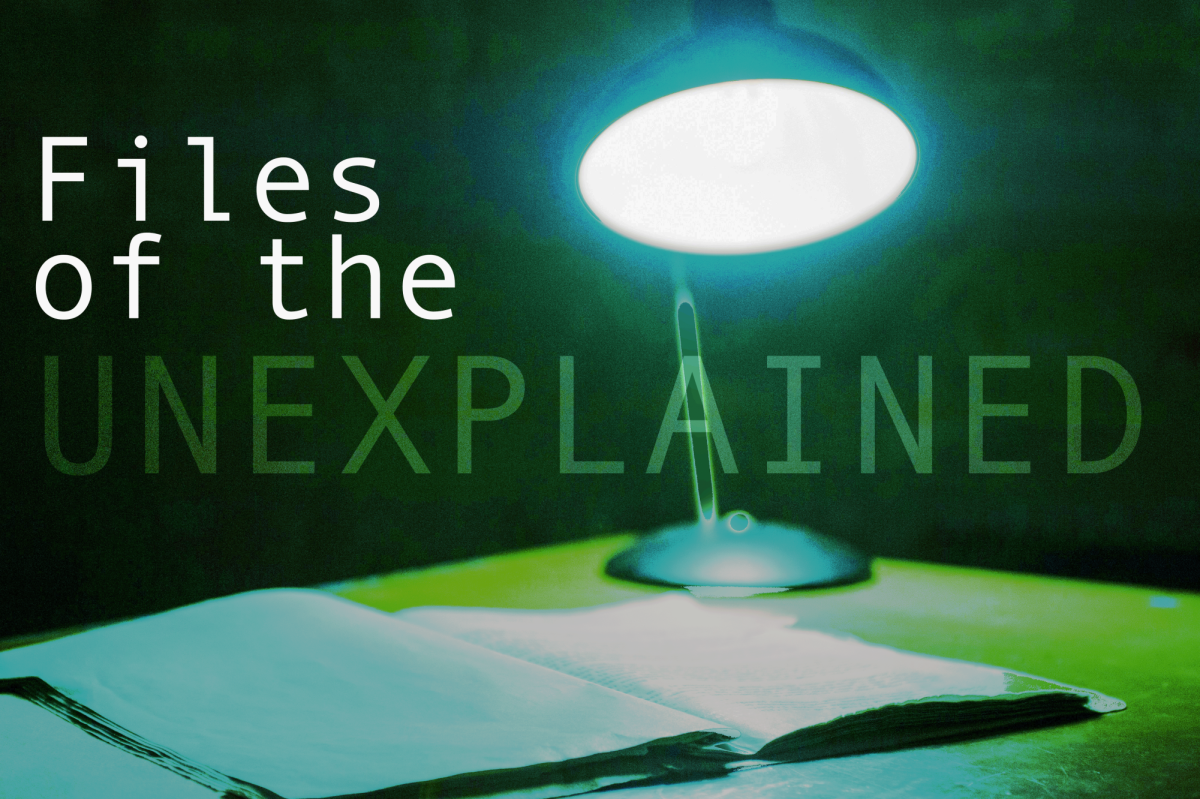Jerry Schuster returned from Saudi Arabia in 2007 after developing a technique to find cracks in oil extraction when he heard about the Crandall Canyon Mine disaster.
Although the mine collapse, which killed six miners, had nothing to do with oil extraction, Schuster, a geology and geophysics professor at the U, realized the same technique used in the Middle East to extract more oil by tracking seismic signals from the ground could be used to find trapped miners.
“It’s kind of like if you’re at a party and everyone was saying the Pledge of Allegiance, but they weren’t talking at the same time,” Schuster said. “It would sound kind of muddled with all the arrivals coming in at different times. But we have a method that takes everyone’s conversation and realigns it so you can hear the message.”
He said if 4-inch-by-4-inch iron plates were installed every 10 meters in a tunnel, a trapped miner could hit the plate with a sledgehammer or piece of limestone rock, which would be detected by an above-ground geophone or signal receiver.
Mining tests have shown that researchers can find trapped miners by distinguishing between expected underground noises and the metal sound.
Even if a trapped miner wasn’t near one of the plates, a piece of limestone or regular rock would work, but will register less clearly on a receiver, said Sherif Hanafy, a geology and geophysics professor.
“Any piece of iron they have will be recognizable,” Hanafy said. “If it is just dirt though, the signal will be discontinued very quickly.”
The signal’s strength also depends on the distance.
U researchers first tested the signaling technique in a computer simulation and then used a steam tunnel that runs below the Business Loop. To test the technique in an actual mine, Schuster, Hanafy and a team of graduate students traveled to an abandoned mine in Tucson, Ariz., and studied the ability of the plates to work at 30 and 45 meters below ground.
“The real mining tunnel tests showed the technique is correct 100 percent of the time in locating seismic waves,” said Weiping Cao, a geology and geophysics graduate student.
However, researchers want to test mines in Utah where the depth goes to 1 kilometer or deeper.
They began working on the technique in August 2007 and completed the study within eight months.
Schuster said it works in the same fashion as the method used to track oil during the extraction process. Before the U researcher developed the technique for oil, companies could only extract about 40 percent of the oil because some of it would stick, making it difficult to remove. Workers would push fluid down to loosen the oil, but it was difficult to track where the fluid went, Schuster said.
He developed a method for tracking the oil based on the sound of the cracks created when the fluid is pushed underground.
“The fluid cracks the ground, making it fizzle and pop like a box of Rice Krispies,” Schuster said. “For both oil and mining, you can’t tell where the signal is because it’s too noisy, but with this methodology, one can peer through the noise and see the signal.”
Although the U’s Technology Commercialization Office has been talking with mining companies in Utah about further experiments and marketing, researchers said the technology is unlikely to develop into a company.
Schuster said the U patented the research, but researchers still need additional tests.
Even with these results, Hilary Gordon, mayor of Huntington, which is near where the mine disaster occurred two years ago, said she’s glad people are taking the effort to find a solution in case another cave-in happened.
“This has all been much-needed work that has maybe been put on the back burner,” Gordon said. “In life, it often seems that a tragedy usually proceeds technology like that, and then they go forward with great strides. I’m still impressed with what they’ve done, though.”












